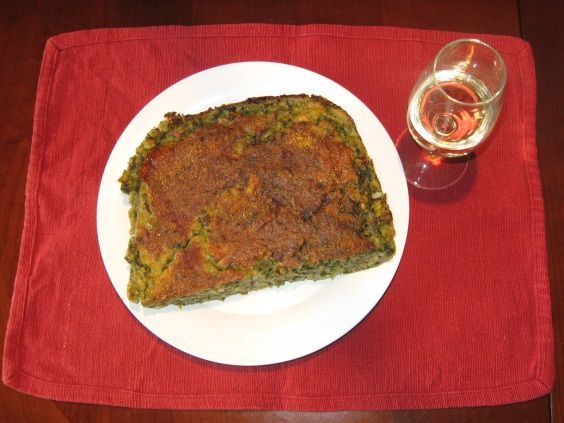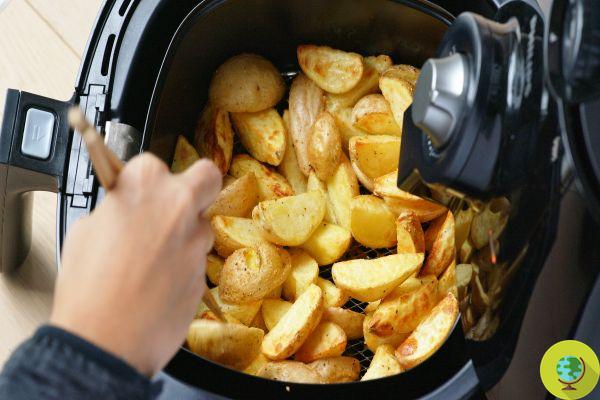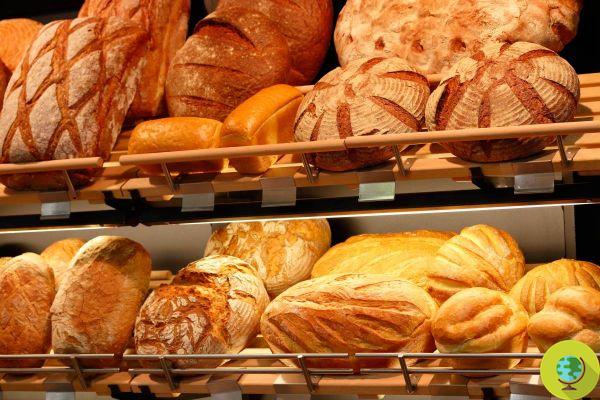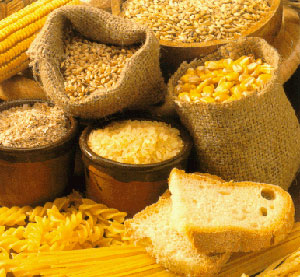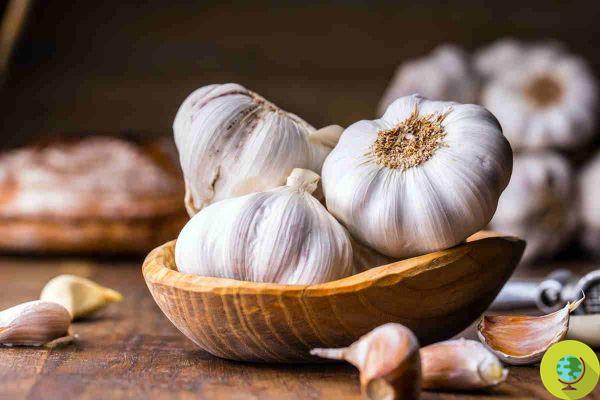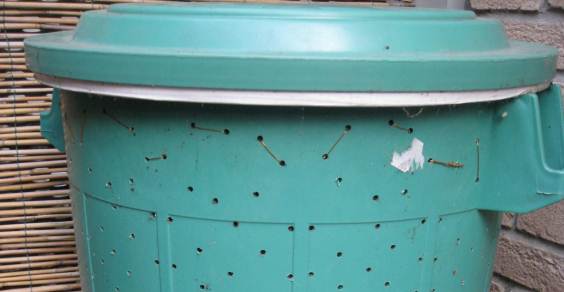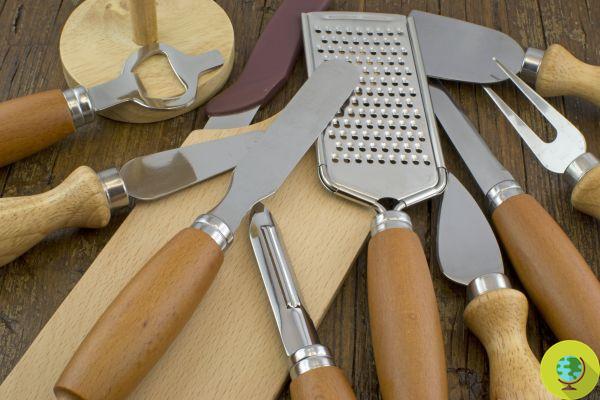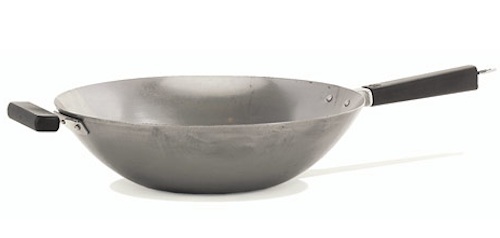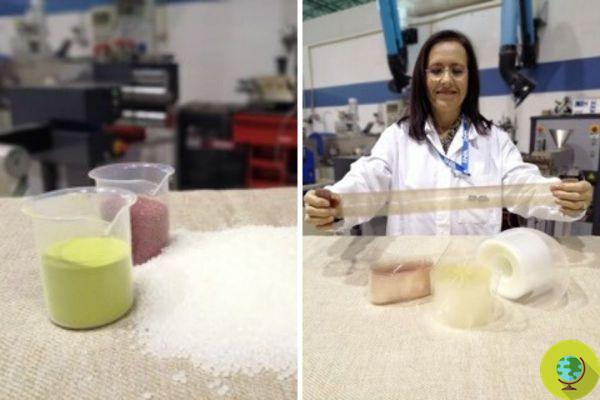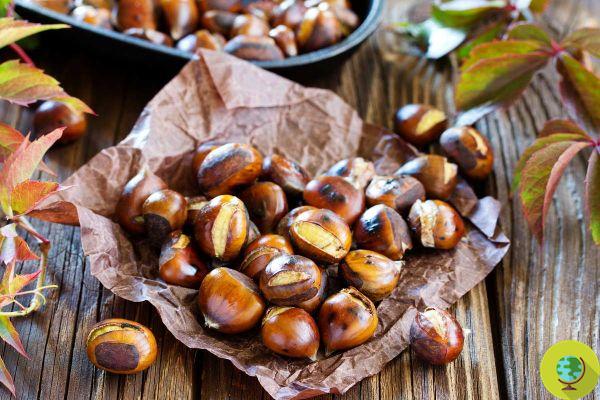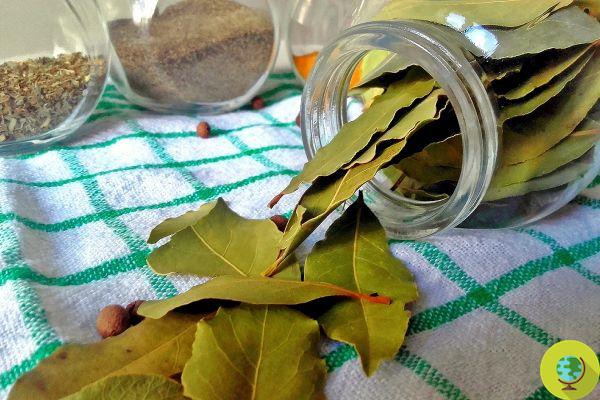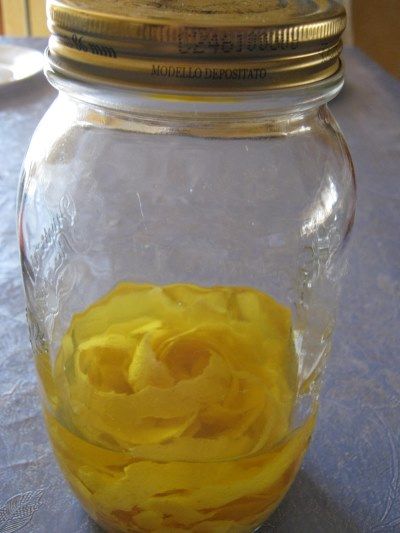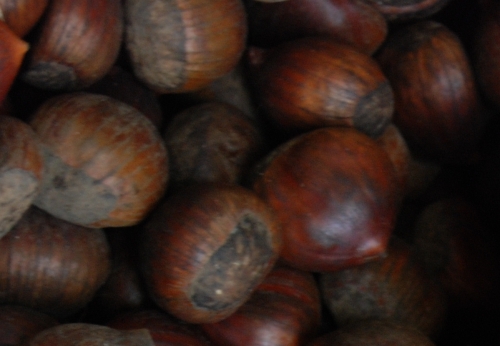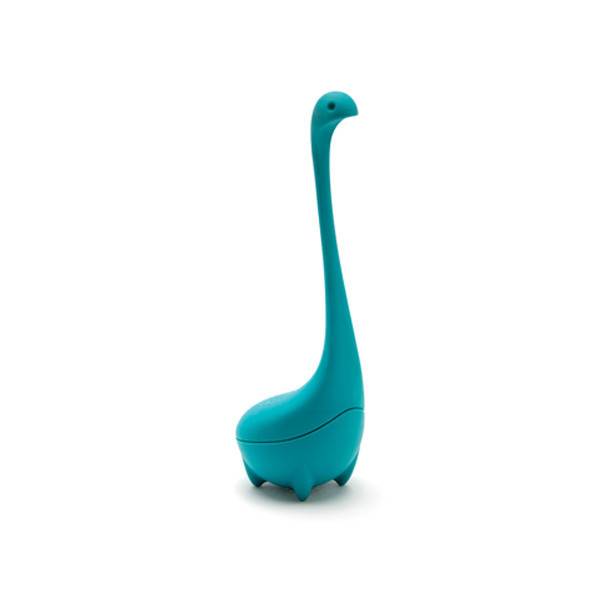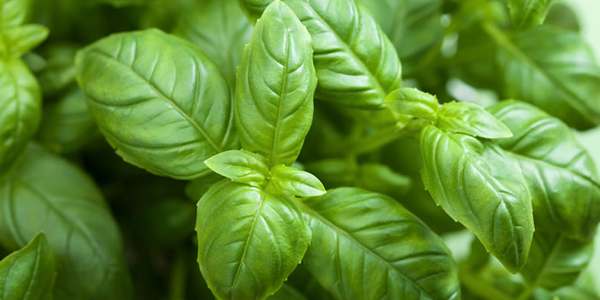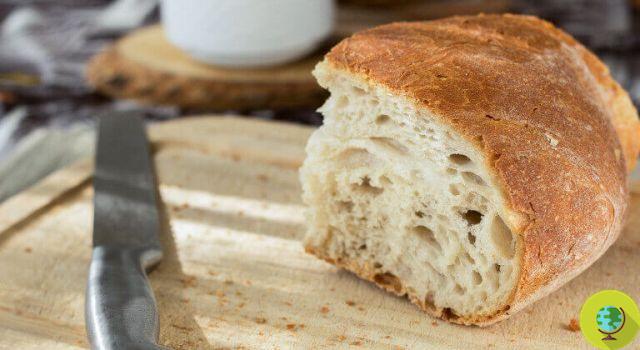
Preparing bread at home allows us to choose the best flours and to know perfectly the ingredients that will make up our dough.
He is about to end up run over, his mother saves himMake bread in house it is revolutionary. Our diet, if we rely on supermarkets and industrial food processing, is a slave to what is imposed on us from above. Ultra-refined flours, too short leavening, additives to improve the taste and appearance of very poor quality products, a bit like unfortunately happens with pizza.
Making bread at home allows us to choose the best flours and to get to know them perfectly ingredients that will make up our dough. We will also have time for a long natural leavening, which will allow the success of the bread. Making bread at home is easy, but beginners may encounter some minor difficulties. Here are the mistakes to avoid, the most common problems in the preparation of bread e how to solve them.
Index
Too hard or too soft dough
By experimenting with bread making, you will find the consistency for your dough. It is essential to follow the quantities of water and flour indicated in the recipes, but also to remember that in the preparation of bread there are some factors that are at least partly beyond your control, such as the humidity of the air, the quality of the flour, its age and capacity. to absorb liquid ingredients. In any case, always try to adjust the consistency of the dough while you are still working it adding a little water or flour if you find that it is too sticky (no flour) or dry and tending to crumble (no water). Also remember that the longer you knead the better the bread will turn out.
Poor leavening
If your dough does not rise enough, you will get a bread that could be too hard, chewy, not quite honeycombed. Part of the leavening will take place in the oven and perhaps a rather hard crust will form on the bread. Take into account the advisability of extending the leavening up to 3 hours with the brewer's yeast and up to 8-12 hours with the sourdough (depending on the recipes). Let the dough rise in a container covered with a damp cloth to prevent the top from drying out too much. Choose a warm place away from drafts and sudden changes in temperature. A practical makeup to check i leavening times? Put one away ball of dough in a glass of water. When the ball has risen to the surface, it's time to put it in the oven. If you want, you can wait a little longer.
Choice and combination of flours
Your homemade bread will be of high quality only if you choose the best flours and if you know how to combine them. The non plus ultra are the stone ground flour and the flours obtained at home with an electric mill or with a powerful food processor, directly from the grains and just before using them. The success of the dough is usually better from the point of view of leavening with flours that contain a lot of gluten, such as the classic wheat flour (which would be better to choose wholemeal or at least semi-wholemeal). You can combine it with small amounts of less strong flour, such as rice, spelled or quinoa flour. But be careful not to overdo it so as not to compromise the result. And if you want to prepare a bread with special flours o gluten free follow the instructions of a good cookbook to the letter.
Oven temperature too high or low
There are those who prefer to keep the oven temperature constant and those who tend to raise it by about ten degrees towards the end of the bread baking to brown it a little, or to lower it to avoid burning it. Everything can depend a lot on the oven we have available. We also learn to know it to regulate cooking times, which can also vary according to the type of oven as well as with respect to the various recipes. Even with the oven at home and with one cooking at 180 ° C you can prepare good bread without necessarily having a wood oven available. The advice is to preheat the oven to bring it to the desired temperature and insert one on the bottom cup with some water if you notice that your homemade bread tends to get too dry during cooking. If the oven temperature is too high, the bread risks being raw on the inside and overcooked on the outside. If it is low, the cooking times will be too long and the bread could be excessively moist and compact.
Underestimate cooling
The moment of bread cooling it is very important and should not be underestimated. If you let the bread cool on the baking sheet, it is likely that moisture will build up on the bottom and the bread will eventually be too soft. You should therefore remember to take the bread out of the oven and place it immediately on a raised rack, so that the lower part is well in contact with the air. Alternatively, you can place it diagonally on the table, placing it against the wall and making sure that the air circulates around all the bread, especially on the bottom.
Taste too sour
It is normal for homemade bread with the mother pasta tastes slightly different than baker's bread or mixed with brewer's yeast. In any case, the flavor must never be too sour. If so, try to think about one of the following points. Perhaps you have used too much sourdough compared to the flour, or the leavening lasted too long, or too much time has passed between refreshments and the other of your sourdough, which, not having sufficient nourishment available, has become too sour (you may already notice it from its smell).
You have other tips about the mistakes to avoid when making bread?




